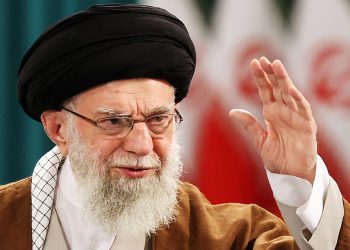Top-tier global financial journal Barron’s, a sister publication of The Wall Street Journal, has described Pakistan’s recent economic recovery as a “miracle”, warning that ignoring the country now may lead investors to regret it later.
In a comprehensive report, Barron’s highlights that Pakistan, a nation of 255 million people, has shown remarkable macroeconomic resilience over the past two years:
Inflation, once running at an annual 40%, has now fallen close to zero. Eurobonds maturing in 2031 have surged from $0.40 to $0.80 per dollar. The Karachi Stock Exchange index has tripled in value.
The report notes that under Prime Minister Shehbaz Sharif’s leadership, Pakistan signed a $7 billion stabilization deal with the IMF in September, of which $2 billion+ has already been disbursed.
Commenting on the shift, Gina Lozosky, Head of Investments at Sandglass Capital Management, stated:
Khalid Salami, an economist, noted that tensions with India are unlikely to derail Pakistan’s recovery, though domestic structural weaknesses remain a challenge.
According to Alison Graham, CIO at Walden Capital Management: “Everyone thought Pakistan would default like Sri Lanka. But the State Bank of Pakistan raised interest rates from 10% to 22%, which triggered a recession but helped tame inflation.”
She added that GDP growth rebounded to 2.5% last year, current and fiscal accounts are balanced, and primary fiscal surplus has been achieved — a rare feat in recent years.
However, the report emphasizes that serious reforms are still needed:
A 50% increase in tax revenue
Cutting energy subsidies
Tough political and economic decisions

































